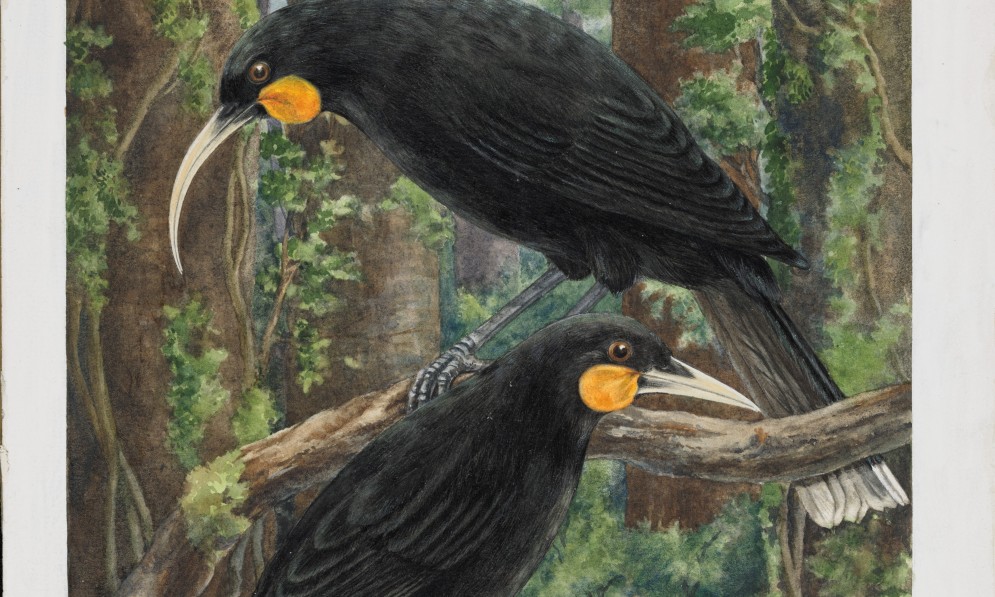The nation’s favourite election is back, and the stakes are higher than ever before. By Caroline Wood
Forest & Bird magazine
A version of this story was first published in the Spring 2023 issue of Forest & Bird magazine.
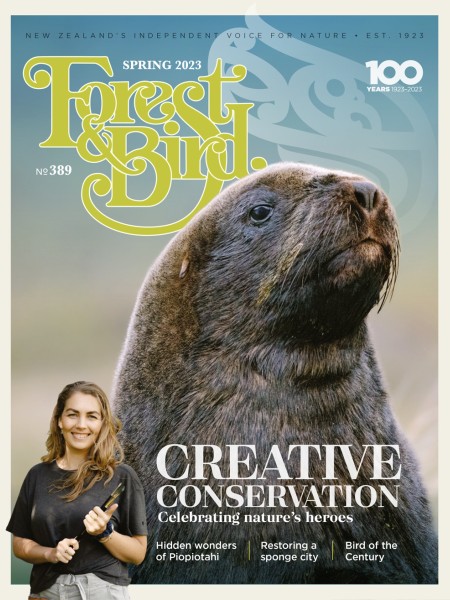
Bird of the Year becomes Bird of the Century in what promises to be the hardest-fought competition yet, with five new candidates (all sadly extinct) causing a flutter.
To celebrate Forest & Bird’s 100th birthday, we’re searching for the native bird that has captured New Zealanders’ hearts over the last century.
Five lost birds will be added to the running this year, all of which have had possible sightings recorded within the last 100 years.
Will one of them be crowned the winner? That decision will be up to you and the public vote, so be sure to check out our new Bird of the Century website and vote when polls open on 30 October.
The inaugural Bird of the Year competition took place in 2005, as a poll included in Forest & Bird’s first-ever email newsletter, with the tūī taking out the title.
The idea came from conservationist Michael Szabo, who at the time was editor of Forest & Bird.
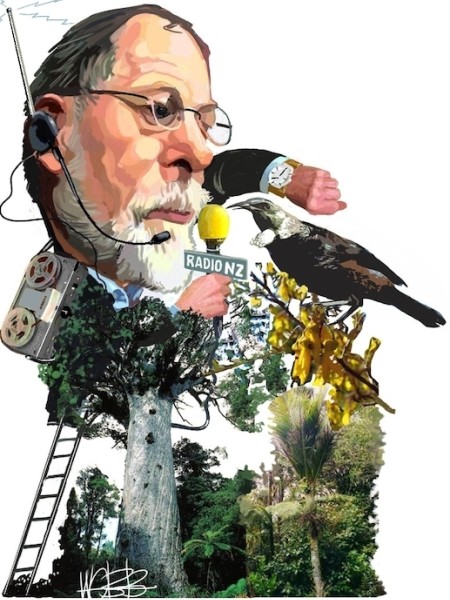
Geoff Robinson preparing to call time on the daily bird call, May 2005. By kind permission Murray Webb/ Alexander Turnbull Library
“After 31 years, Radio New Zealand was publicly considering dropping the daily bird call from its daily Morning Report show,” said Michael, who is now editor of Birds New Zealand magazine.
“There was such an outpouring of support for the bird calls that RNZ decided to retain them. That gave me the idea of starting an annual Bird of the Year poll.
“The inaugural poll was organised shortly afterwards, and the tūī was duly elected Bird of the Year 2005.”
It was fitting as the tūī was on Forest & Bird’s logo at the time and had been for the previous 80 years.
A total of 865 votes were cast for 76 birds.
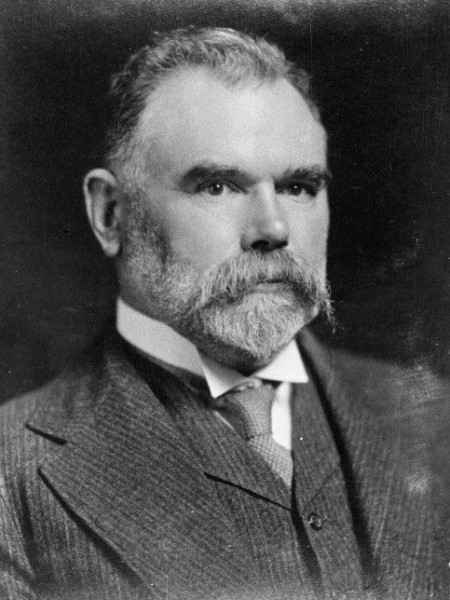
Thomas Mackenzie
"If nature offered us our choice – if we were asked what gift would contribute most to make our surroundings happy and beautiful – surely we would ask for Birds. And could we ask for anything more beautiful than the New Zealand Birds – the cuckoo, the bellbird, the tui, whose song rivals even that of the nightingale? Their value as bringers of joy and beauty into our lives seems obvious and yet their rapid destruction during our short New Zealand history seems to indicate that it has been forgotten"
The poll was seen as a “resounding success” by Forest & Bird, which announced the competition would run annually.
“The enthusiastic response has been a reminder that New Zealand’s native birds are an intrinsic part of our national identity and one that we should celebrate, cherish, and protect,” said general manager Mike Britton.
Since 2005, Bird of the Year has grown to become a national institution and an international celebration of Aotearoa’s unique native birds. A record 61,000 people voted in 2021’s competition.
“We’ve had some crazy moments – voting scandals, a bat winning, and kākāpō being booted out last year for being too popular,” said Nicola Toki, Forest & Bird’s chief executive.
“We hope New Zealanders and everyone around the world will get involved in the fun of Bird of the Century 2023.
“We are looking forward to sharing the amazing stories behind our living and dearly departed feathered friends and asking New Zealanders to speak up for them.”
Check out all the 2023 candidates at www.birdoftheyear.org.nz.
- Voting opens Monday 30 October 2023
- Voting closes Sunday 12 November
- Winner announced Monday 13 November
Centennial candidates
Five new birds – all extinct – will be in the running for the first time, joining 70 other candidates vying for Bird of the Century.
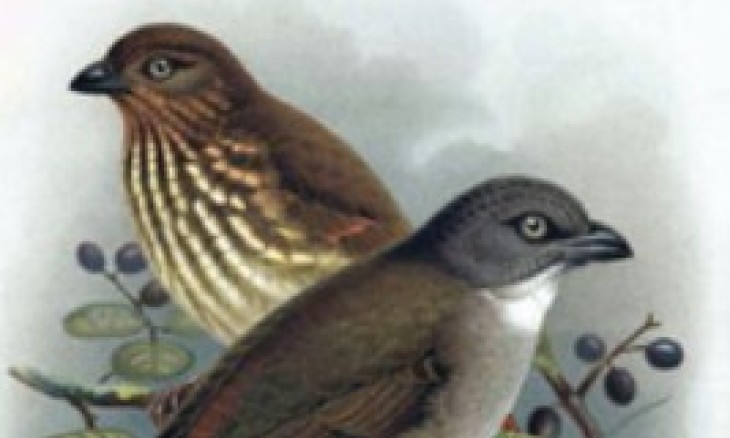
Piopio. Illustration John G Keulemans
Piopio | Often considered to be New Zealand’s native thrush, piopio was split into North and South Island species in 2012. But the last confirmed record of this songster was a bird shot in 1902, with unconfirmed sightings continuing into the 1970s.
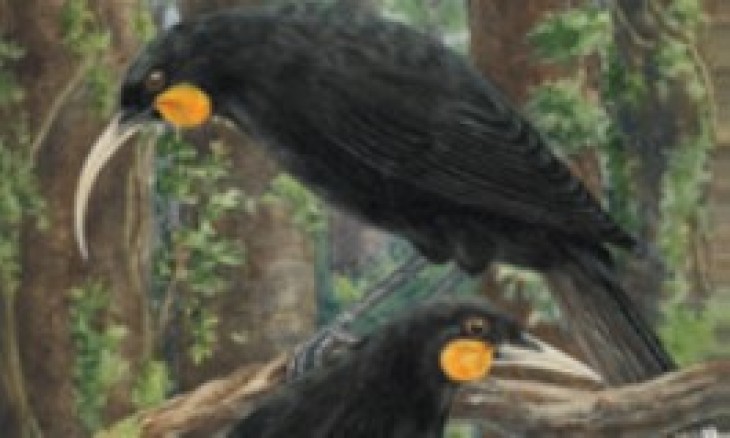
Huia. Illustration by Lily Daff, 1929
Huia | The last generally accepted sighting of this iconic songbird was in 1907, but it’s likely huia persisted into the 1920s. Unconfirmed but credible sightings from the Urewera Ranges even extend into the 60s.
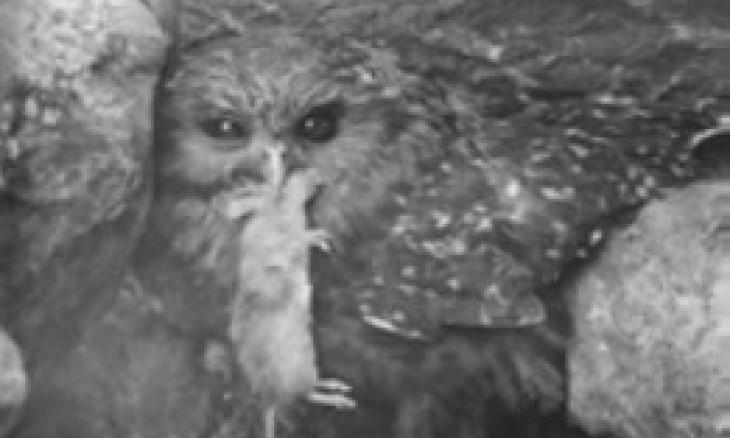
Whēkau. Image Cuthbert & Oliver Parr, 1909
Whēkau | The last confirmed record of the laughing owl was a dead specimen found in Canterbury in 1914, but sight and sound records persisted into the 1930s.
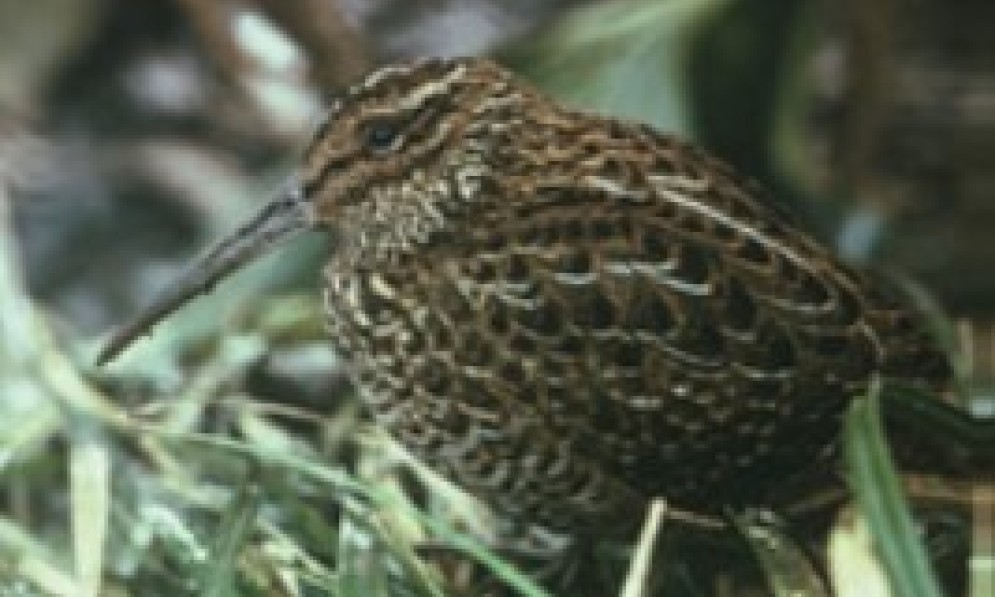
Male tutukiwi. Image Don Merton, 1964
Tutukiwi | The South Island snipe became extinct in 1964 after its last refuge, Big South Cape Island, was invaded by ship rats. The Wildlife Service launched a desperate rescue attempt led by Don Merton. Two males were captured, including this one pictured, but both died in captivity.
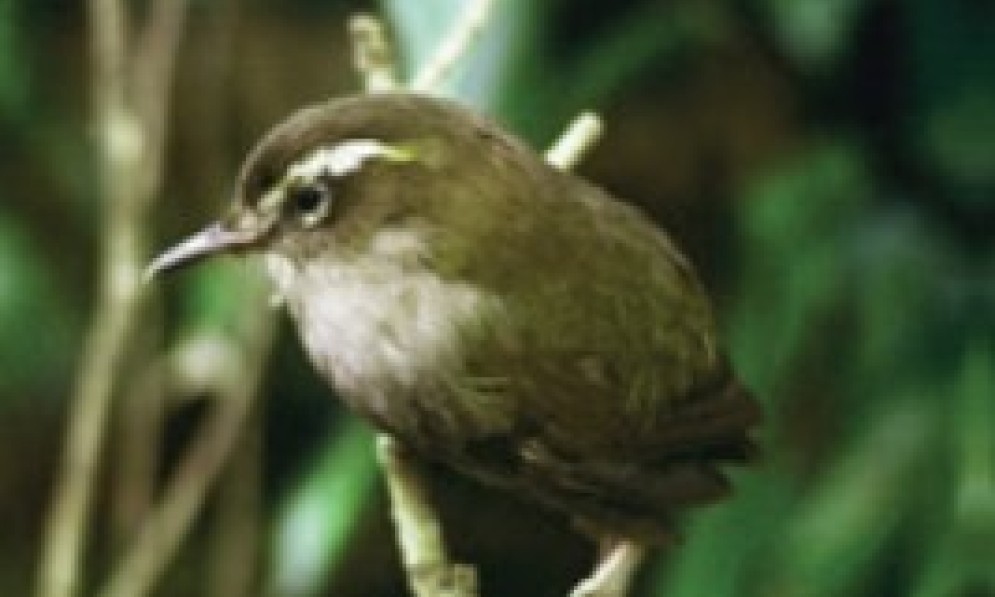
Mātuhituhi. Image Don Merton, 1964
Mātuhituhi bush wren | This small and nearly flightless bush wren once lived on all three main islands of Aotearoa. It was last seen in 1955 on the North Island and in 1968 on the South Island. Birds were translocated from Big South Cape Island to Kaimohu Island in 1964, where the last of them died in 1972.
Crowning Glories
Here are the previous 18 winners of Bird of the Year. Kākāpō is the only bird to have won twice.
2006 Pīwakawaka
2007 Riroriro grey warbler
2008 Kākāpō
2009 Kiwi
2010 Kākāriki
2011 Pūkeko
2012 Kārearea New Zealand falcon
2013 Mohua yellowhead
2015 Kuaka bar-tailed godwit
2016 Kōkako
2017 Kea
2018 Kererū
2019 Hoiho yellow-eyed penguin
2020 Kākāpō
2021 Pekapeka long-tailed bat
2022 Pīwauwau rock wren

